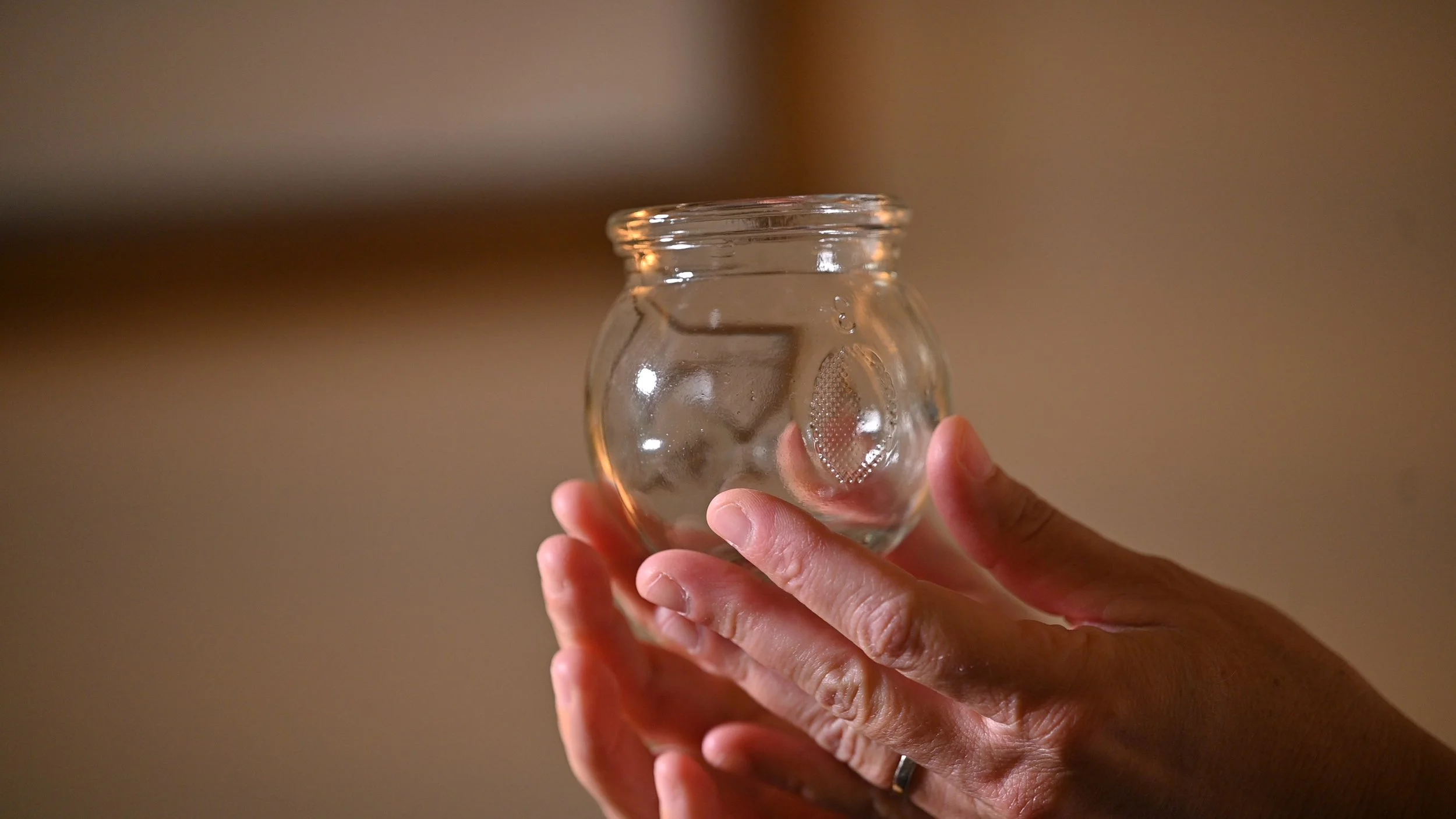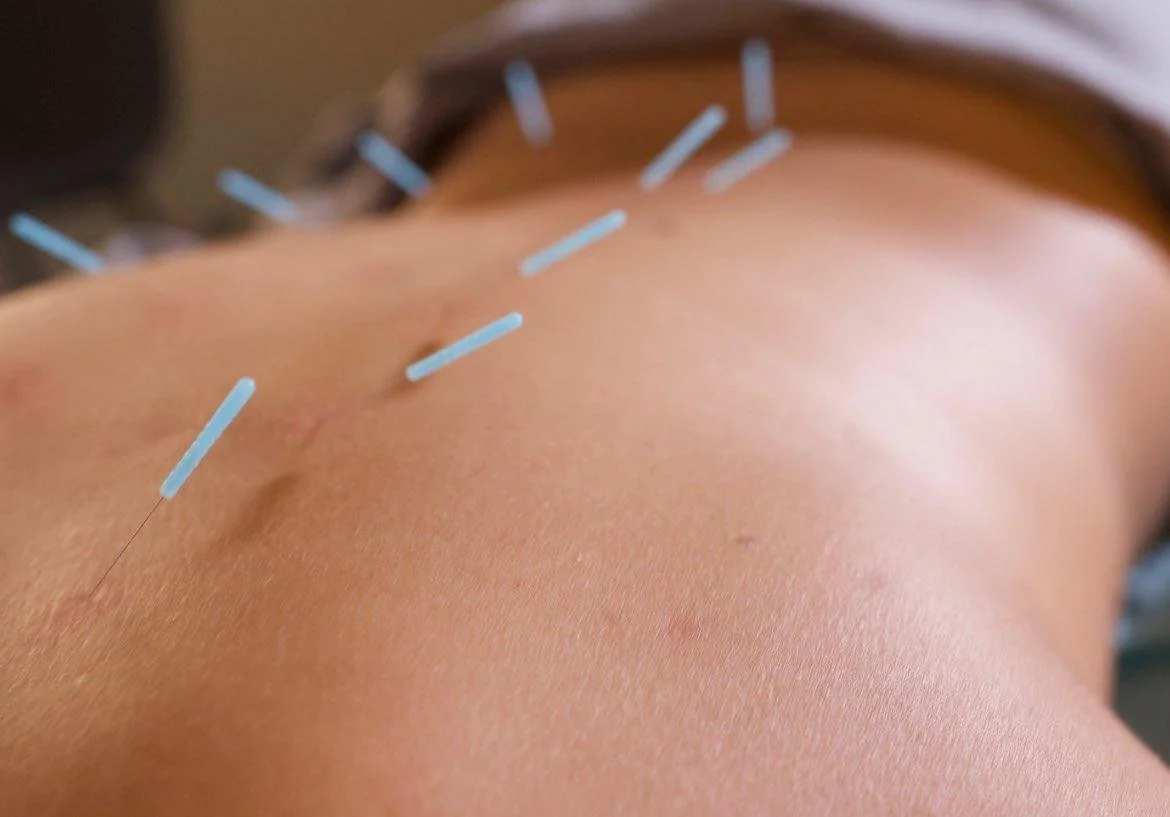Acupuncture for Chronic Pain Relief: A Holistic Approach to Healing
How Acupuncture Helps Manage Chronic Pain | Natural Pain Relief
Living with Chronic Pain
Chronic pain—defined as discomfort lasting more than three months—affects millions of people and can have a profound impact on daily life. Unlike acute pain from an injury, chronic pain may result from complex underlying issues such as nerve dysfunction, inflammation, or autoimmune conditions. Common diagnoses include fibromyalgia, arthritis, and neuropathic pain, all of which can affect not just physical function but emotional health, digestion, and sleep. Over time, individuals may find that tasks like maintaining a job, exercising, or socializing become increasingly challenging. Because chronic pain is often multidimensional, effective treatment requires a holistic, body-wide approach.
Common causes for chronic pain:
Cancer - chronic pain due to tumor growth or treatment
Chronic Fatigue Syndrome / ME (Myalgic Encephalomyelitis) – deep muscle and joint pain with fatigue
Endometriosis – pelvic and abdominal pain from uterine tissue outside the uterus
Fibromyalgia – widespread musculoskeletal pain, fatigue, and tenderness
Rheumatoid arthritis – autoimmune joint inflammation causing pain
Ankylosing Spondylitis – chronic inflammation of the spine and sacroiliac joints
Ehlers-Danlos Syndrome – a connective tissue disorder causing joint pain and instability
Inflammatory Bowel Disease (Crohn's, Ulcerative Colitis) – abdominal pain and inflammation
Interstitial Cystitis– chronic bladder pain and pressure
Lupus (SLE) – systemic autoimmune disease causing joint and muscle pain
Lyme Disease (Late Stage/Chronic) – muscle, joint, and nerve pain
Migraines/Chronic Headaches – recurring head pain with neurological symptoms
Multiple Sclerosis (MS) – nerve damage leading to pain, spasticity, and fatigue
Myofascial Pain Syndrome – muscle pain with trigger points
Osteoarthritis – degenerative joint disease, causing pain and reduced mobility
Peripheral Neuropathy – nerve damage causing burning, tingling, or stabbing pain
Post-Cancer Treatment Pain – nerve damage from chemotherapy or radiation treatment
Psoriatic arthritis – joint pain related to psoriasis stiffness
Sjögren's Syndrome – an autoimmune condition causing dryness and joint pain
Temporomandibular Joint Disorder (TMJ/TMD) – jaw and facial pain
Trigeminal Neuralgia – severe facial nerve pain
Acupuncture treatments are relaxing and restorative
The Need for Holistic Pain Management
Chronic pain conditions underscore the importance of management strategies that go beyond masking symptoms. While medications may provide temporary relief, many people are now turning to holistic therapies like acupuncture to support long-term healing. Acupuncture not only addresses physical discomfort but also works to improve the overall functioning of the body's systems.
How Acupuncture Helps with Chronic Pain Management
Acupuncture is increasingly recognized as an effective, evidence-informed therapy for managing chronic pain. This time-tested practice involves inserting fine, sterile needles into specific points on the body to stimulate the nervous system and encourage the body's natural healing response.
During an acupuncture session, the body releases pain-relieving chemicals such as endorphins and serotonin, which help modulate pain signals and reduce stress. Acupuncture also enhances microcirculation, or localized blood flow, which helps reduce inflammation, relieve swelling, and support tissue repair. This combination of physiological effects makes acupuncture an excellent tool for addressing both the symptoms and root causes of chronic pain.
According to research, acupuncture and its adjunct therapies can lead to measurable improvements in pain levels, inflammation, and healing outcomes, mainly when used as part of a personalized treatment plan Zhang et al. (2014).
cupping therapy for pain relief
Adjunct Therapies to Acupuncture
Cupping is a therapy used to increase blood flow, alleviate pain, and massage the soft tissue by heating the inside of a glass cup and placing it on the skin.
Guasha is a technique that involves gently scraping the skin with a massage tool to improve circulation, activate the immune system, reduce inflammation, and alleviate pain.
Moxibustion (Moxa) is a therapeutic technique that involves burning mugwort (Artemisia vulgaris) near the skin's surface to warm the area, decrease pain, improve circulation, and dispel stagnation in the body. Moxa heats and penetrates to the level of infrared wavelengths, providing healing at a cellular level.
Tuina Massage is a type of bodywork in which the practitioner applies pressure and massage techniques to specific points, acupuncture meridians, and areas of the body. The therapy helps remove blockages, alleviates pain, and promotes relaxation.
Beyond Pain: Whole-Body Benefits
The effects of acupuncture extend beyond just pain relief. Because it works on the body's energetic and circulatory systems, patients often report improvements in:
Sleep quality
Digestive health
Emotional well-being
Energy and mental clarity
By restoring balance to the nervous and endocrine systems, acupuncture supports resilience and recovery from the inside out.
Acupuncture for chronic pain relief
Is Acupuncture Right for You?
If you're living with a chronic pain condition such as fibromyalgia, osteoarthritis, sciatica, or post-surgical pain, acupuncture may offer relief without the side effects of long-term medication use. It's safe when performed by a licensed practitioner and can complement conventional care.
Acupuncture offers various modalities to enhance the healing process and alleviate chronic pain. If you are interested in learning more, please get in touch with Dr. Jen for a Complimentary 30-minute office consultation.
Reference
Zhang, R., Lao, L., Ren, K., & Berman, B. M. (2014, February). Mechanisms of acupuncture-electroacupuncture on persistent pain. Anesthesiology. Retrieved February 9, 2023, from https://www.ncbi.nlm.nih.gov/pmc/articles/PMC3947586/
photo credit: Dan Perales




